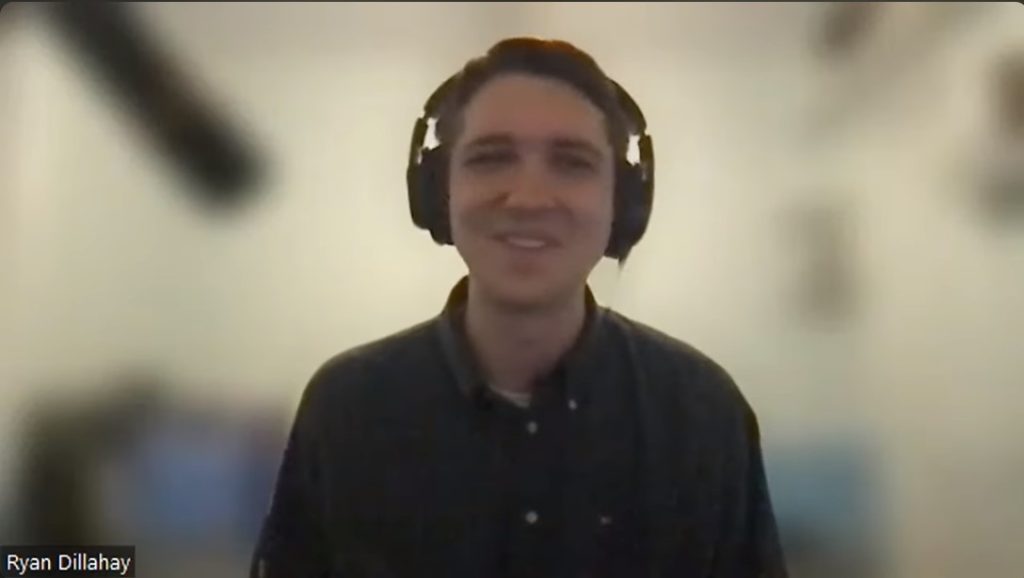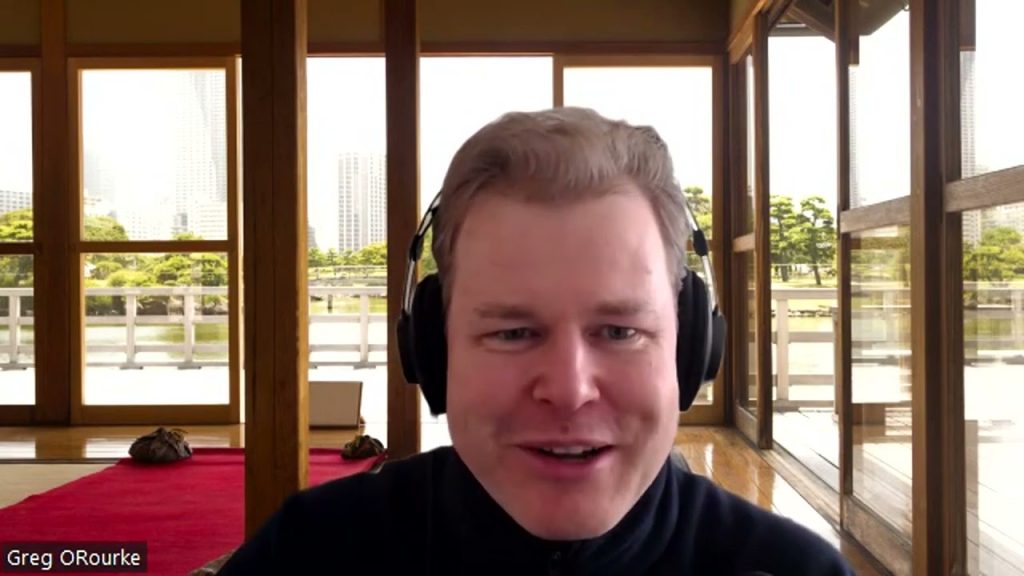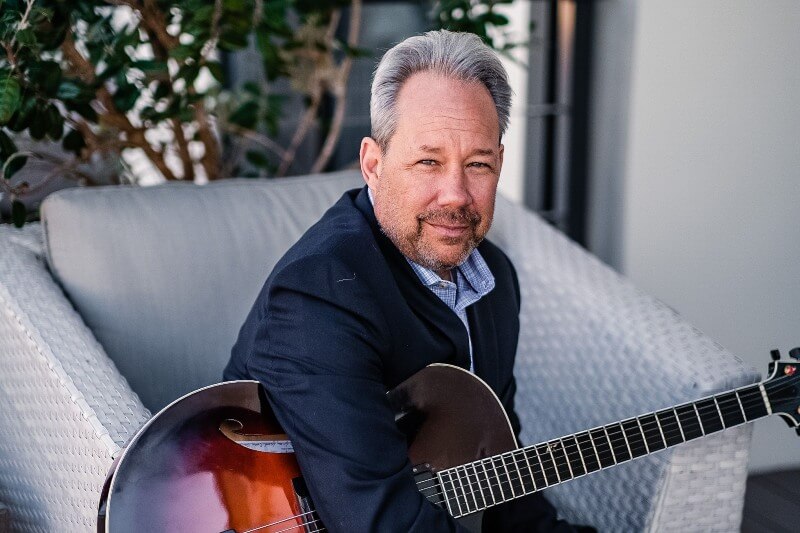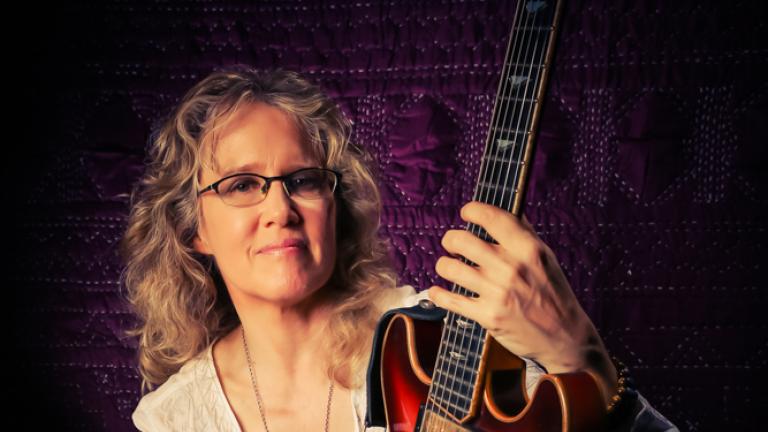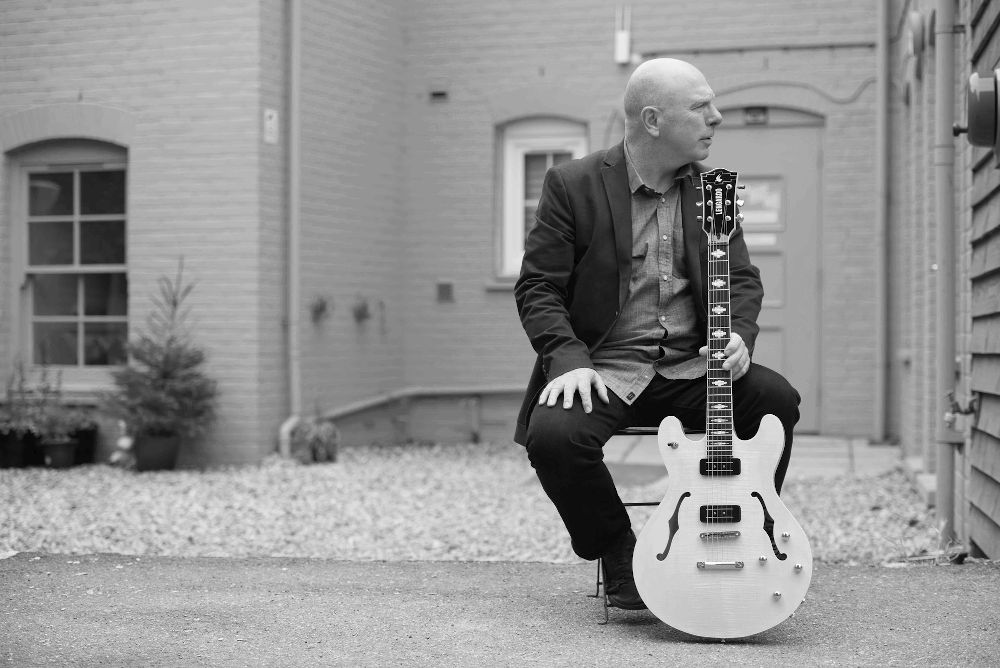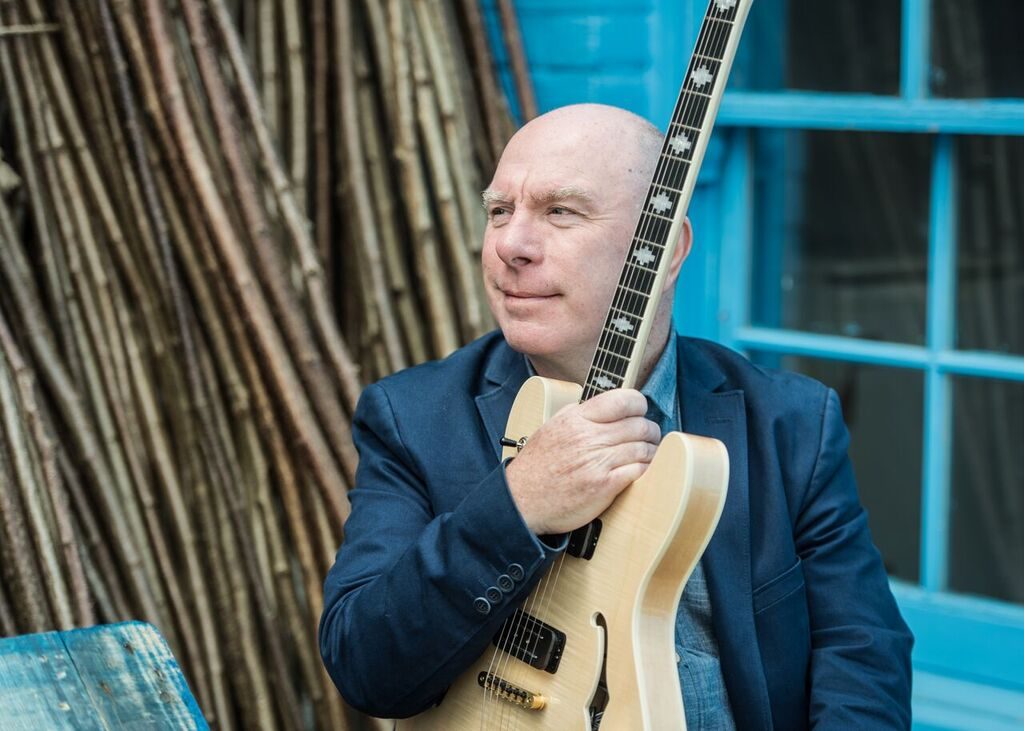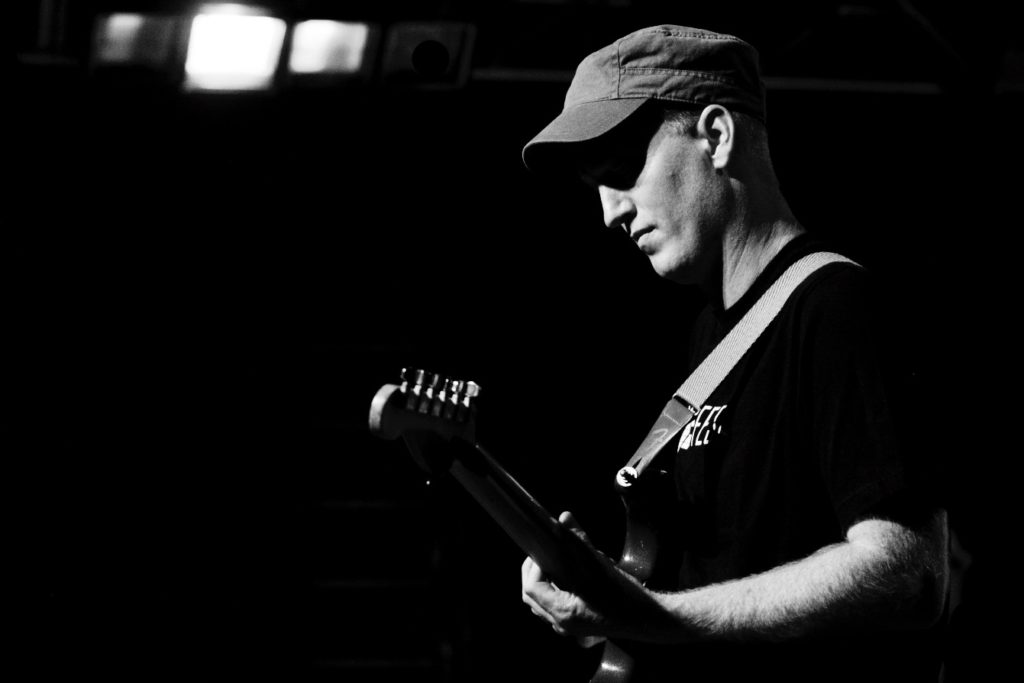Podcast: Introducing Ryan Dillahay – FretDojo’s New Community Manager
In this exclusive interview, Ryan pulls back the curtain on his evolution from blues to jazz. You’ll hear how this recent college grad, and student of one of the most highly regarded jazz guitarists and educators in the country, made the leap into full-time musicianship, hustling gigs across town.
